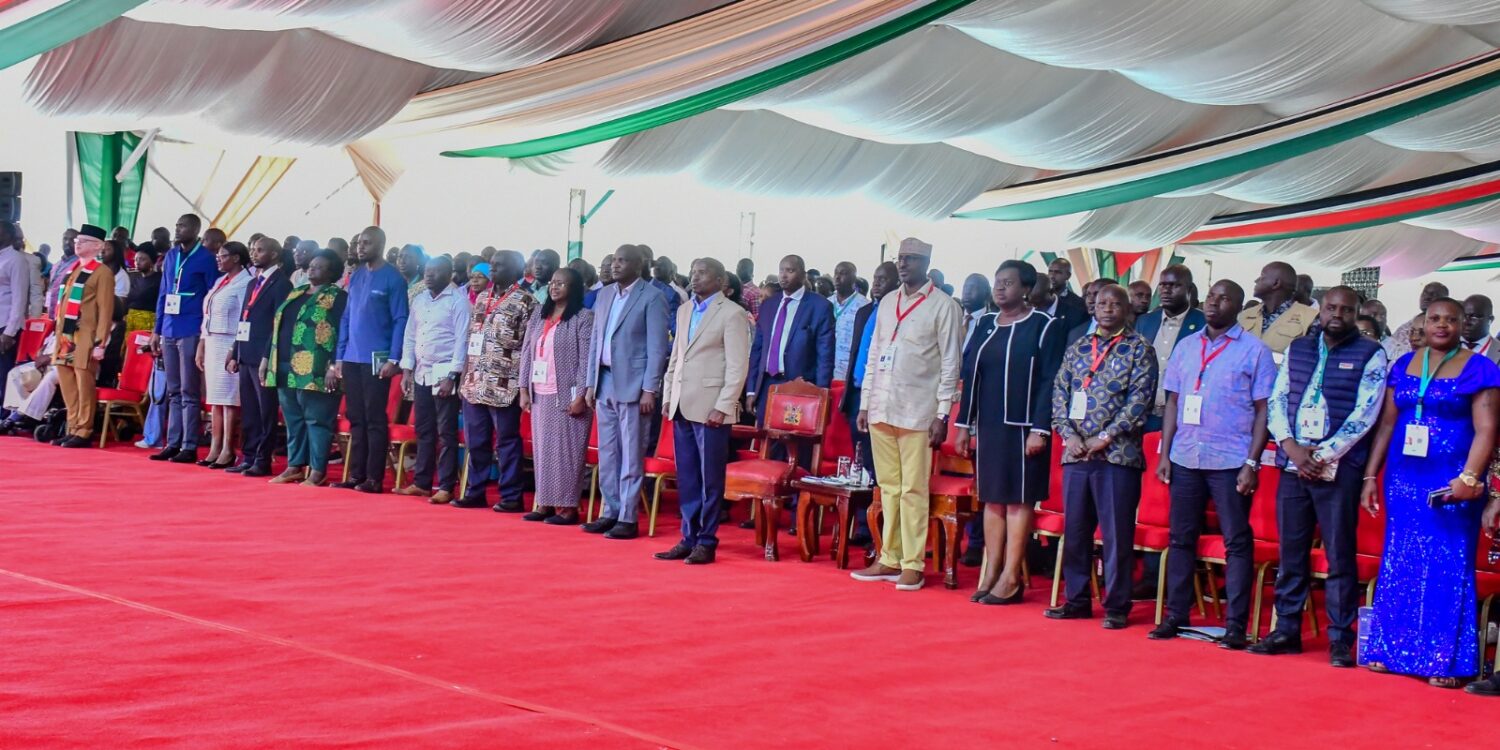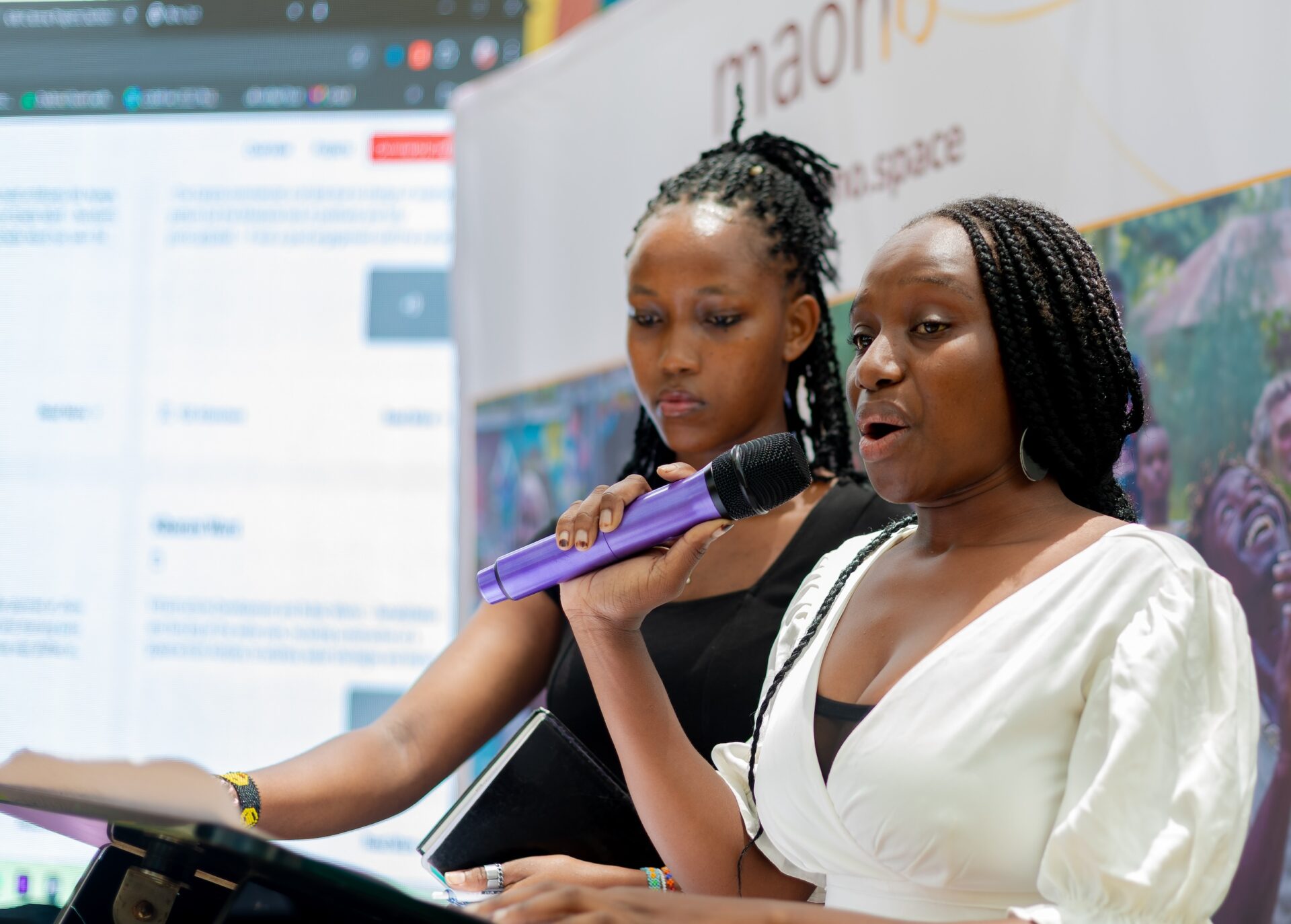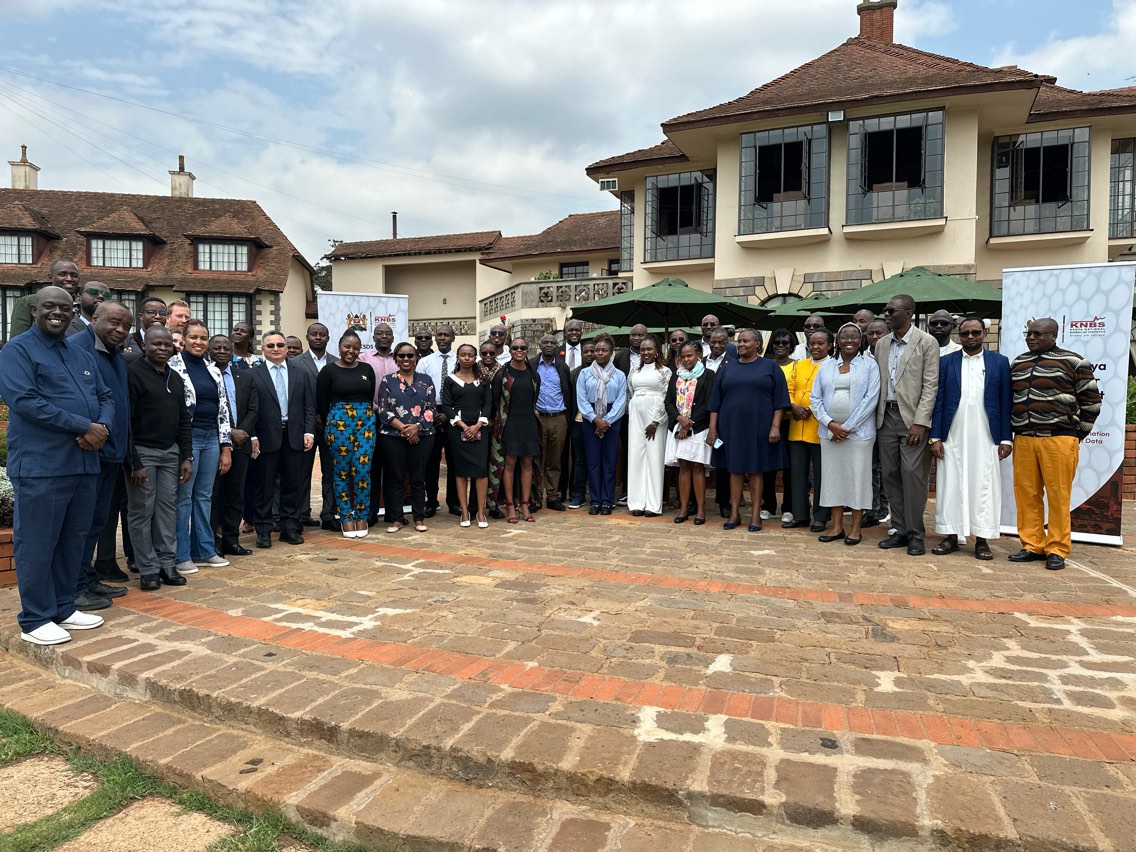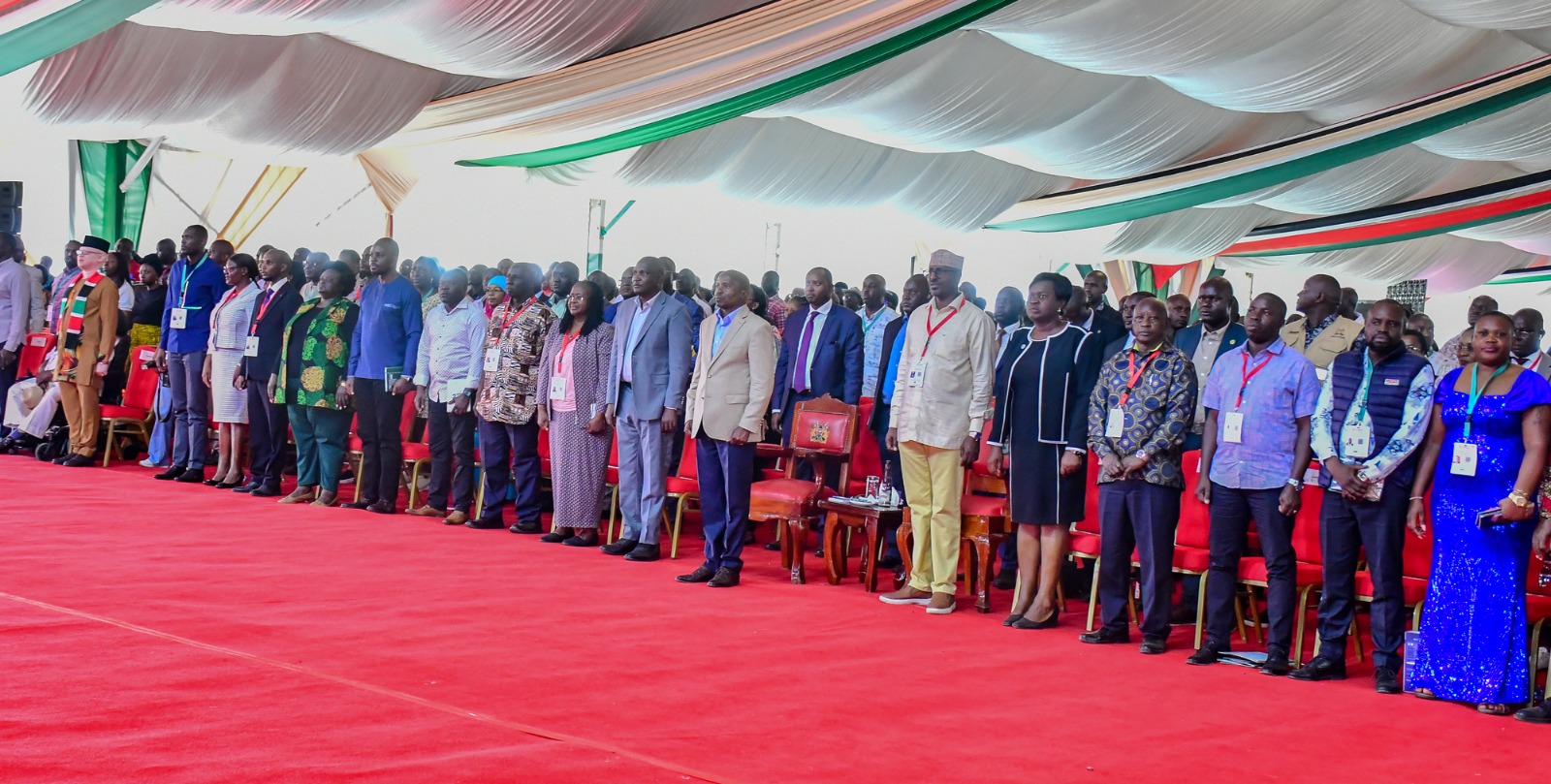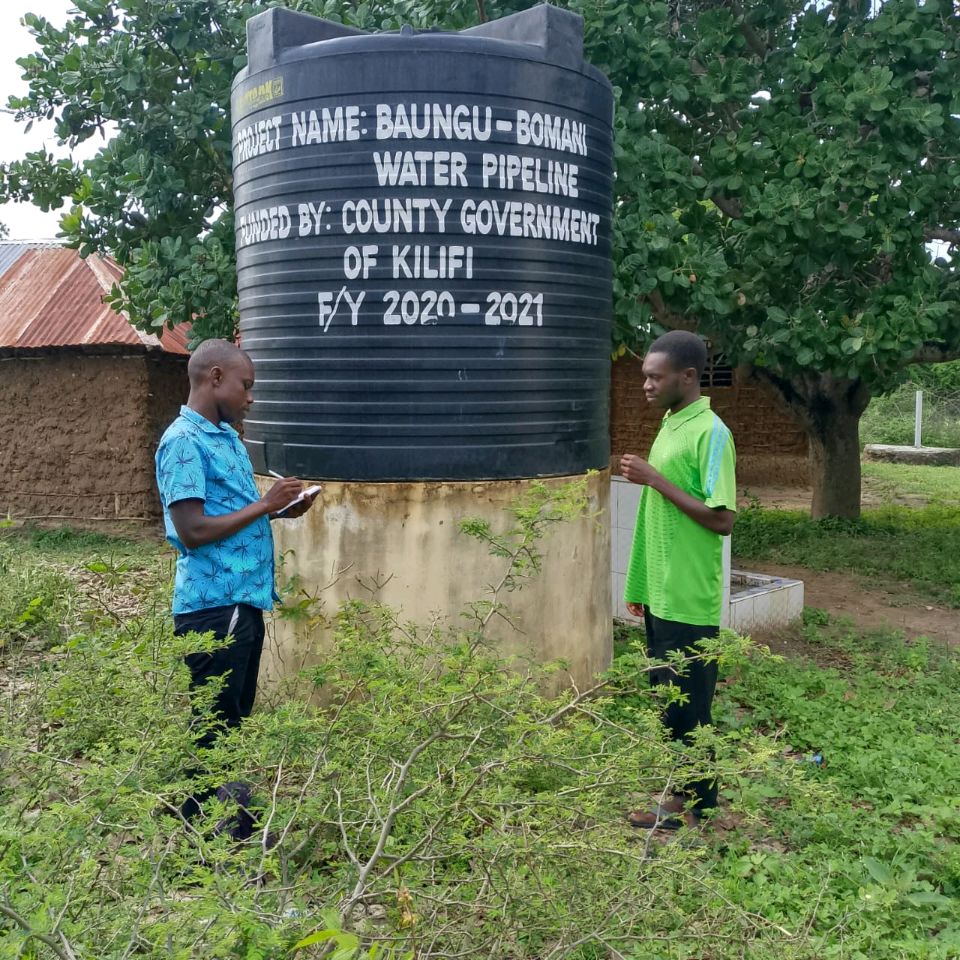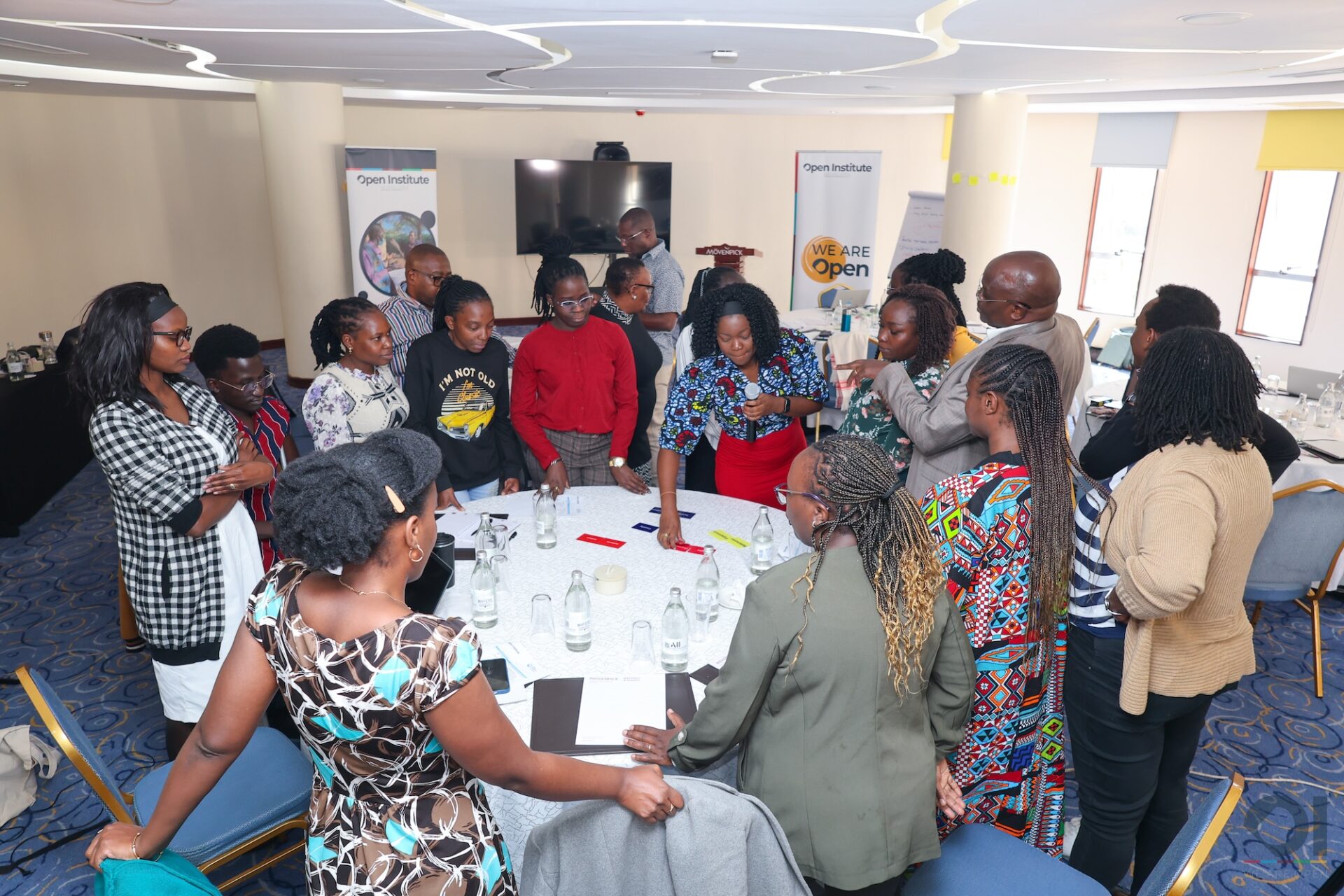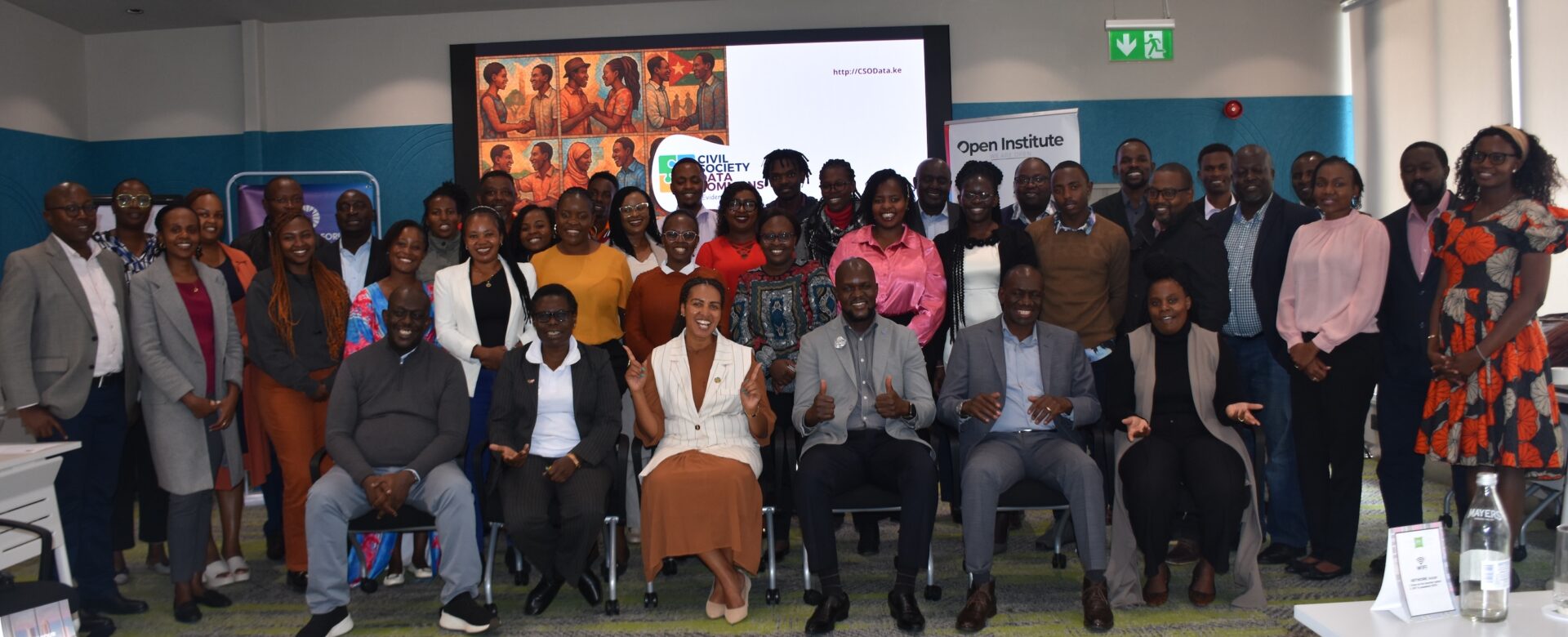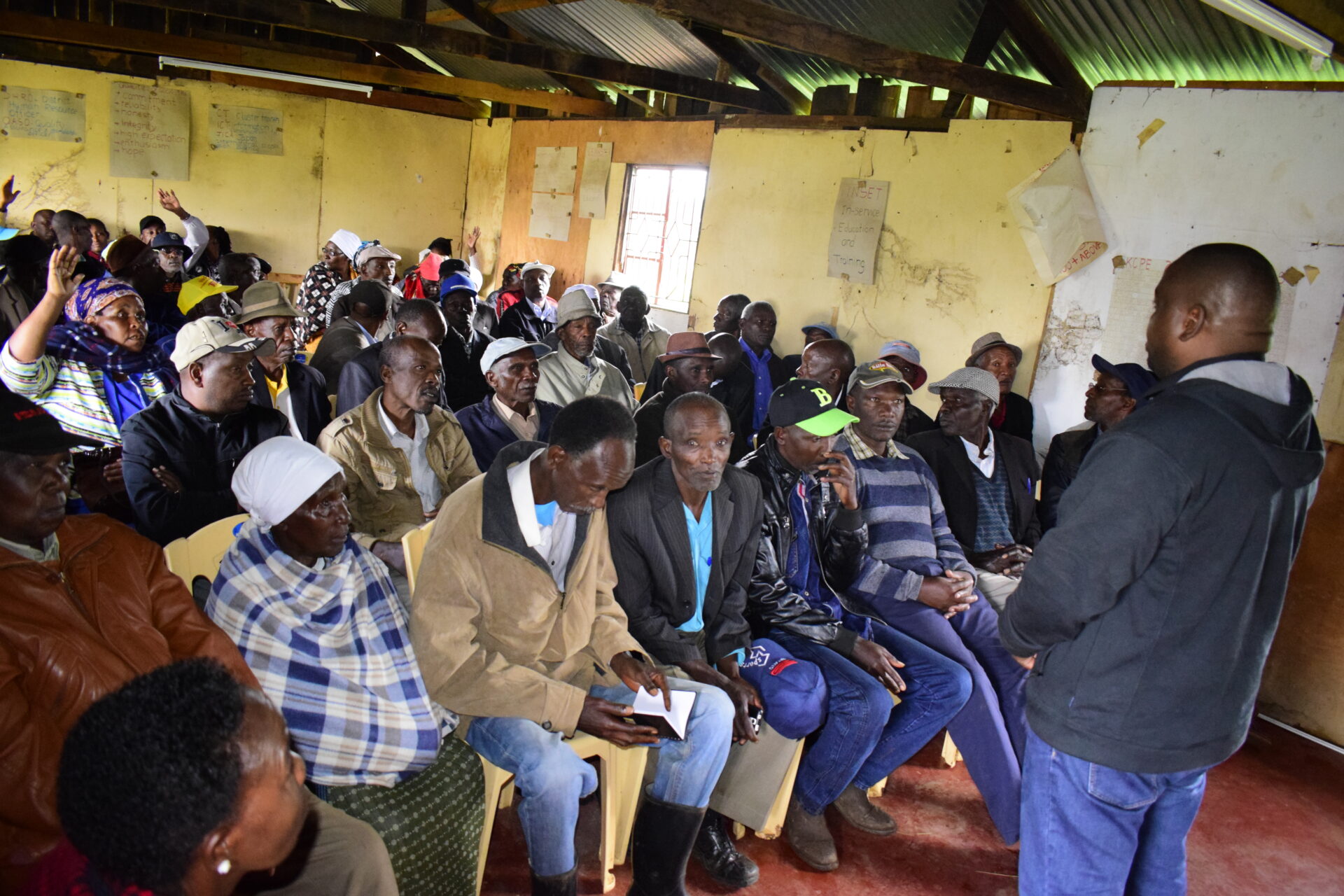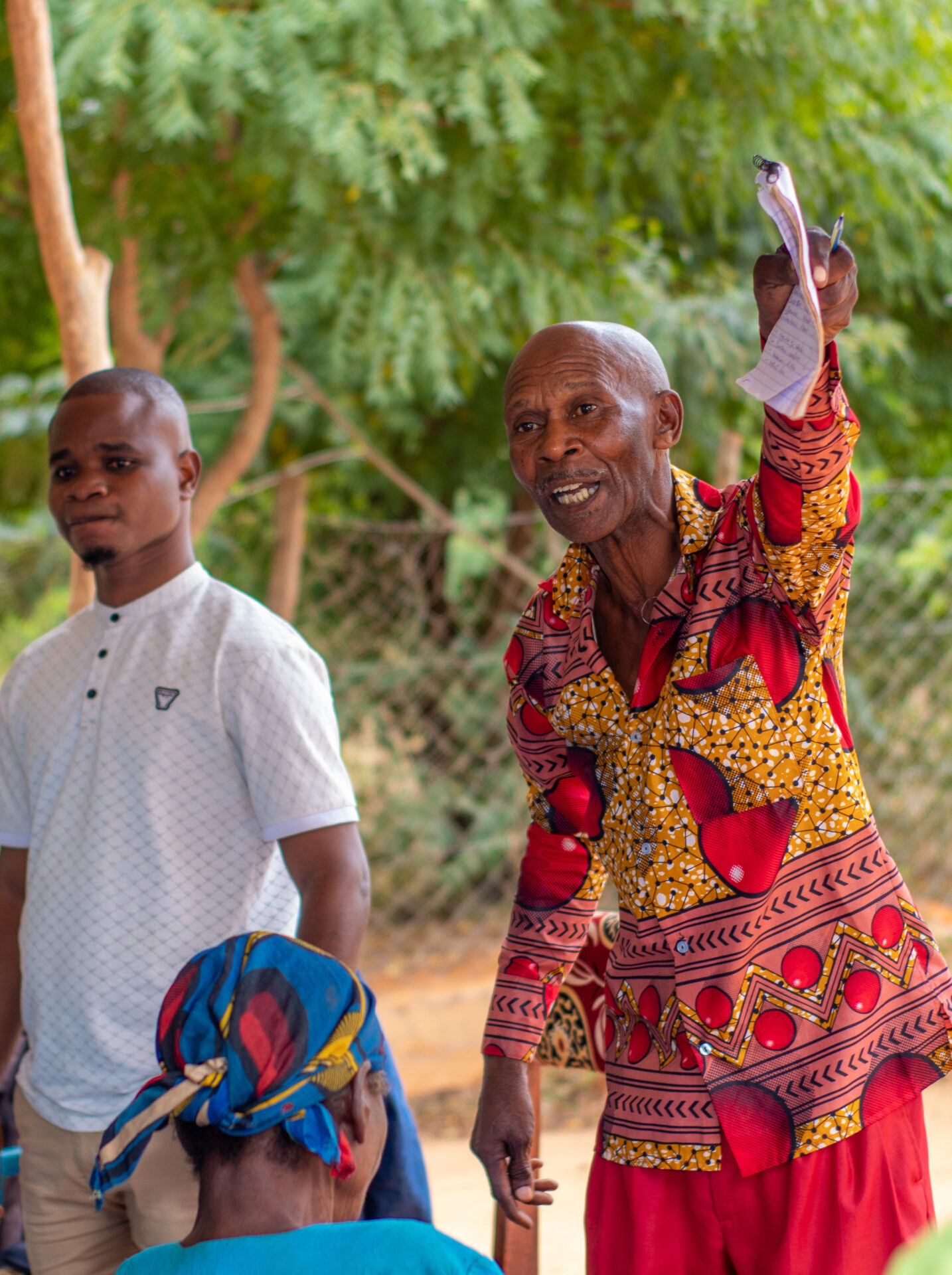The Devolution Conference 2025 convened in Homa Bay marked a key milestone in Kenya’s political and development calendar. It was a moment to reflect on over 12 years of county-level transparency since the 2013 Constitution. For us at Open Institute, it marked more than a decade of collaborating with counties to build open, responsive institutions anchored in accessible data and citizen participation. It was also timely as we just signed an MoU with Homabay County this month, with the aim of promoting transparency through our Open County project. Our goal is to partner with the county to establish a data desk to enhance openness and data-driven decision-making.
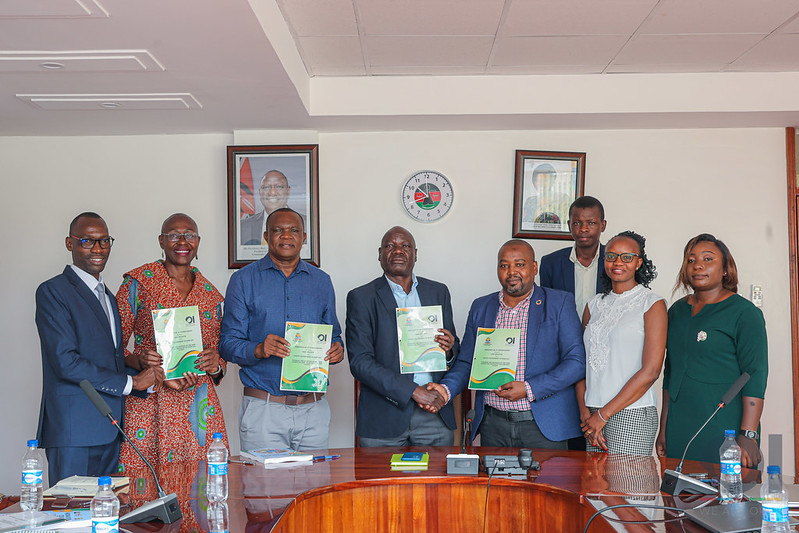
#DEVCON2025 was a mirror held up to Kenya’s 12-year journey in devolution. What began in 2013 as a constitutional promise of equity, inclusion, and social justice is now tangible, with key examples of how counties are not meant to remain as dormant witnesses, but be at the core and centre stage and as active agents of service delivery. A major observation we made was that counties have expanded on the use of open data platforms to manage and visualise data to power better decision-making. Kenya’s national and county governments are now leveraging technology to power their data. In his open remarks at the conference, President William Ruto highlighted the importance of centralised systems, such as the Social Health Authority (SHA) universal healthcare system that has been rolled out in major hospitals in Kenya. He emphasised that these systems are crucial in curbing corruption and fraud, promoting openness and transparency in government’s efforts to offer services to its citizens.

Murang’a County provided a compelling case study. Governor Irungu Kang’ata showcased how digital transformation is redefining governance, from automated systems for revenue (parking, markets, permits), to fleet and speed monitoring, live payment dashboards, and a hospital file portal tracking patient needs and revenues in real time. Murang’a’s health facilities are now 96% automated, a rollout across 151 of 157 public units, backed by a Ksh. 180 million investment in hardware and connectivity. This level of openness is what counties can strive for when data is both accessible and operationalized.
The convenor of the Devolution Conference, the Council of Governors, have long been at the centre of driving collaboration, innovation and openness among the 47 counties in Kenya. Through its Maarifa Centre, it provides a platform for sharing performance of Counties to promote learning and best practices with the goal that Counties will improve service delivery to citizens.
We have previously worked with Maarifa Centre, supporting the development of the online platform in 2016 under our Open County programme. We also built the Open County platform with the aim of showcasing county data in a centralised platform hosted at the Council of Governors. Now, the Maarifa Centre will soon be rolling out a new centralised open data platform that contains all county data, complete with GIS mapping that allows viewers to locate county projects all over Kenya. Featuring sectors such as Agriculture, Trade, Health and Education, the platform was a hit at the Devolution Conference, attracting interest and feedback from various partners. Witnessing this growth was both a nostalgic and proud moment for us as we saw firsthand how far devolution has brought us, with counties and organisations such as the Council of Governors embracing the tenets of open data and governance.

This is just one part of the story. Through our Open County program, we are continuing to work with counties like Nandi, Kilifi, and Homa Bay to build similar transparent systems. Tools like Devolution Hub act as centralized repositories for county budgets, plans, and policies making governance information easily accessible to citizens and officials a like. While most counties are driving innovation, the broader data environment matters too. Kenya’s national open data ecosystem has seen challenges which is evidenced by a drop in the Open Data Barometer (ODB) score from 43 to 26 Open Data Barometer.
Meanwhile, the Open Data Inventory (ODIN) offers a roadmap for improved coverage and transparency in official statistics. County systems like Murang’a’s and Kilifi can be part of a larger turnaround, reinforcing Kenya’s commitment to open governance under the Open Government Partnership.
Open data remains to be essential. It reduces inequality by making information available to underserved communities, enhances participatory governance by enabling informed citizen input, builds trust through transparent decision-making and accelerates service delivery through real-time insight. Moreover, open data systems like the Devolution Hub supports Kenya’s broader development goals, aligning with both the national Public Financial Management (PFM) framework and SDGs. As counties become more transparent, they build legitimacy and drive progress.
This year’s DEVCON reaffirmed what the Open Institute has long championed: when counties open their data, they open doors to smarter development. We invite more county governments to join the Open County journey, to make governance processes transparent, data accessible, and services impactful. Explore more of this transformation at the Devolution Hub and reach out to partner with us on building the open, equitable counties of tomorrow.

